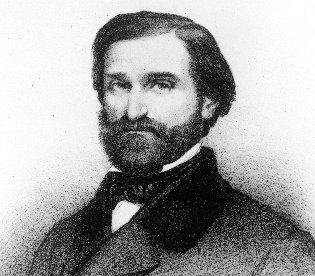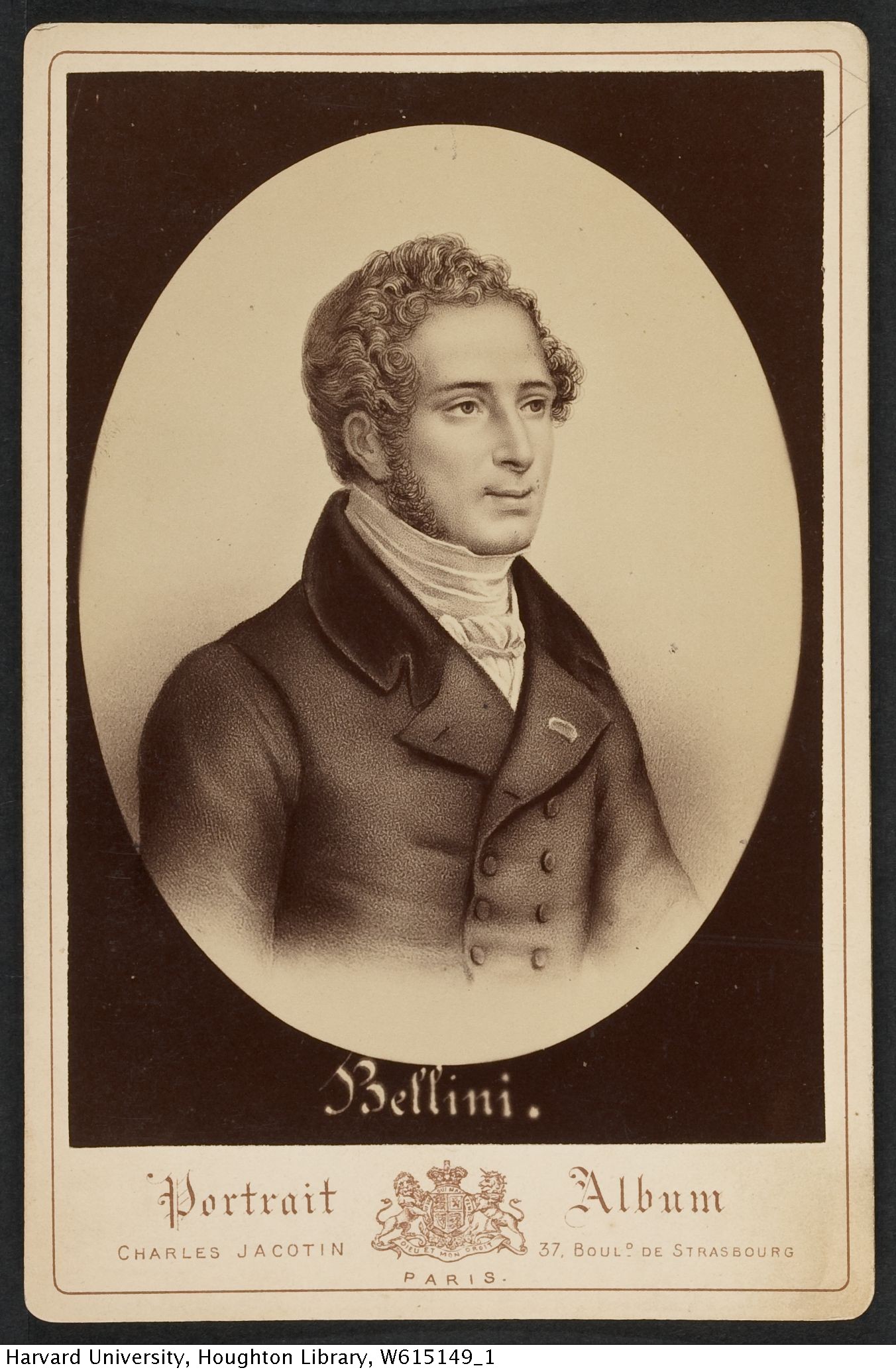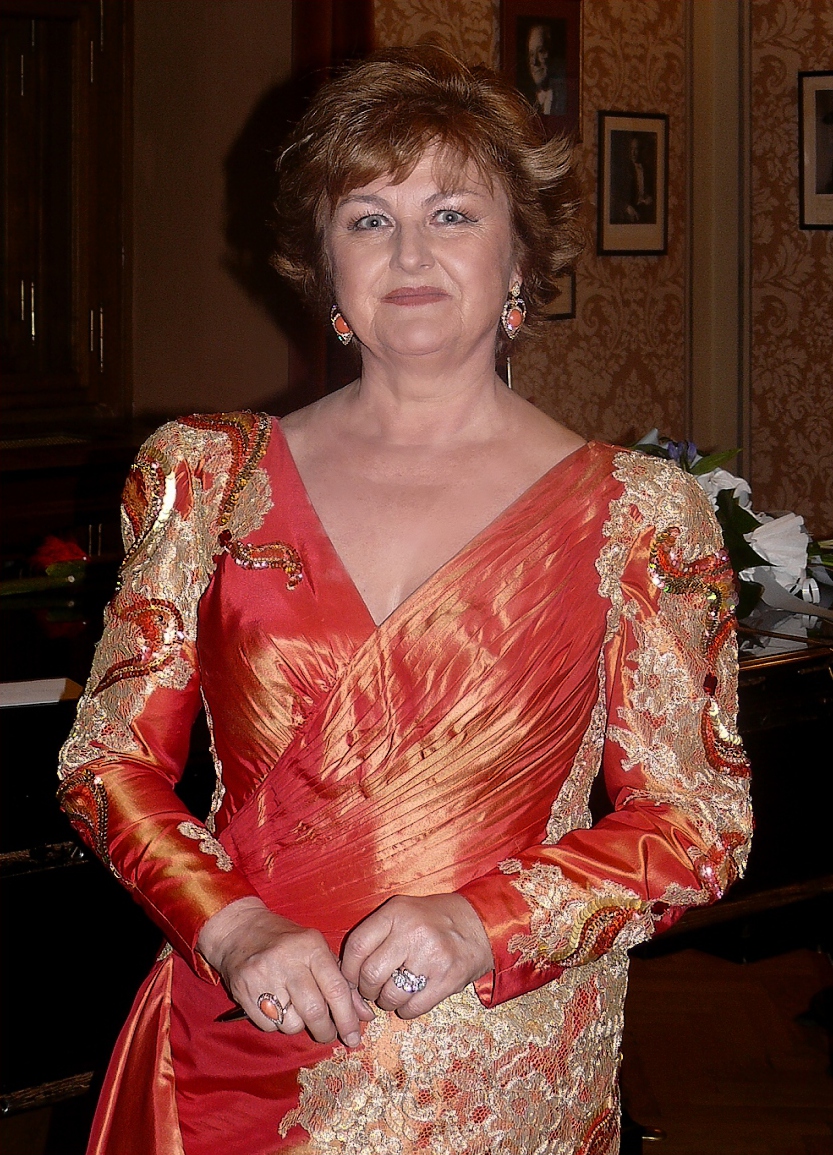|
Elena Moșuc
Elena Moșuc (born January 18, 1964) is a Romanian operatic soprano. Associated to the Zürich Opera House, she has an active career primarily in Europe, including guest appearances at the Romanian National Opera (other), Romanian National Operas since 1990. Life and career Early years Moșuc was born in Iași. Since the age of 16, she studied at the ''Școala Populară de Arte'' in her native city for almost five years, with her teachers including Mioara Cortez. Since she was 18, she taught in a primary school for seven years. Meanwhile, she pursued her singing studies through private lessons. At the end of her studies, she made her opera debut in February 1990 with the Queen of the Night (Mozart's ''The Magic Flute'') at the Romanian National Opera, Iași, where she was a chorister in 1989/90. She later performed Lucia (''Lucia di Lammermoor''), Gilda (''Rigoletto''), Violetta (''La traviata''). [...More Info...] [...Related Items...] OR: [Wikipedia] [Google] [Baidu] |
Liceu
The Gran Teatre del Liceu (; ; ), or simply Liceu, is a theater in Barcelona, Spain. Situated on La Rambla, it is the city's oldest theater building still in use for its original purpose. Founded in 1837 at another location, the Liceu opened at its current address on 4 April 1847. The theater was rebuilt after fires in 1861 and 1994, and reopened on 20 April 1862 and 7 October 1999. On 7 November 1893, on the opening night of the season, an anarchist threw two bombs into the stalls. About twenty people were killed, and many more were injured. Between 1847 and 1989, the 2,338-seat Liceu was the largest opera house in Europe by capacity. Since 1994, the Liceu has been owned and managed by a public foundation whose board of trustees represents the Ministry of Culture, the Generalitat de Catalunya, the Provincial Deputation of Barcelona and the City Council of Barcelona. The theater has its own choir (the Cor del Gran Teatre del Liceu), symphony orchestra (the Orquestra Sim ... [...More Info...] [...Related Items...] OR: [Wikipedia] [Google] [Baidu] |
Vienna State Opera
The Vienna State Opera (, ) is a historic opera house and opera company based in Vienna, Austria. The 1,709-seat Renaissance Revival venue was the first major building on the Vienna Ring Road. It was built from 1861 to 1869 following plans by August Sicard von Sicardsburg and Eduard van der Nüll, and designs by Josef Hlávka. The opera house was inaugurated as the "Vienna Court Opera" (''Wiener Hofoper'') in the presence of Emperor Franz Joseph I and Empress Elisabeth of Austria. It became known by its current name after the establishment of the First Austrian Republic in 1921. The Vienna State Opera is the successor of the old Vienna Court Opera (built in 1636 inside the Hofburg). The new site was chosen and the construction paid by Emperor Franz Joseph in 1861. The members of the Vienna Philharmonic are recruited from the Vienna State Opera's orchestra. The building is also the home of the Vienna State Ballet, and it hosts the annual Vienna Opera Ball during the ca ... [...More Info...] [...Related Items...] OR: [Wikipedia] [Google] [Baidu] |
La Bohème
''La bohème'' ( , ) is an opera in four acts,Puccini called the divisions '':wikt:quadro, quadri'', ''wikt:tableau, tableaux'' or "images", rather than ''atti'' (acts). composed by Giacomo Puccini between 1893 and 1895 to an Italian libretto by Luigi Illica and Giuseppe Giacosa, based on ''La Vie de Bohème, Scènes de la vie de bohème'' (1851) by Henri Murger. The story is set in Paris around 1830 and shows the Bohemianism, Bohemian lifestyle (known in French as "") of a poor seamstress and her artist friends. The world premiere of ''La bohème'' was in Turin on 1 February 1896 at the Teatro Regio (Turin), Teatro Regio, conducted by the 28-year-old Arturo Toscanini. Since then, ''La bohème'' has become part of the standard Italian opera repertory and is one of the most frequently performed operas worldwide. In 1946, 50 years after the opera's premiere, Toscanini conducted a commemorative performance of it on radio with the NBC Symphony Orchestra. A recording of the performa ... [...More Info...] [...Related Items...] OR: [Wikipedia] [Google] [Baidu] |
Die Schweigsame Frau
''Die schweigsame Frau'' (''The Silent Woman''), Op. 80, is a 1935 comic opera in three acts by Richard Strauss to a libretto by Stefan Zweig after Ben Jonson's 1609 comedy '' Epicœne, or The Silent Woman''. Composition history Since '' Elektra'' and '' Der Rosenkavalier'', with only the exception of '' Intermezzo'', all previous operas by Strauss were based on libretti by Hugo von Hofmannsthal, who died in 1929. Stefan Zweig, who was then a celebrated author, had never met Strauss, who was his senior by 17 years. In his autobiography '' The World of Yesterday'', Zweig describes how Strauss got in touch with him after Hofmannsthal's death to ask him to write a libretto for a new opera. Zweig chose a theme from Ben Jonson. Politics of the opera Strauss was seen as an important icon of German music by the Nazis, who had seized power in Germany in April 1933. Strauss himself co-operated with the Nazis and became the president of the in November 1933. Zweig knew Strauss well ... [...More Info...] [...Related Items...] OR: [Wikipedia] [Google] [Baidu] |
Ariadne Auf Naxos
(''Ariadne on Naxos''), Op. 60, is a 1912 opera by Richard Strauss with a German libretto by Hugo von Hofmannsthal. The opera's unusual combination of elements of low commedia dell'arte with those of high opera seria points up one of the work's principal themes: the competition between high and low art for the public's attention. First version (1912) The opera was originally conceived as a 30-minute divertissement to be performed at the end of Hofmannsthal's adaptation of Molière's play '' Le Bourgeois gentilhomme.'' Besides the opera, Strauss provided incidental music to be performed during the play. In the end, the opera occupied ninety minutes, and the performance of play plus opera occupied over six hours. It was first performed at the Hoftheater Stuttgart on 25 October 1912, directed by Max Reinhardt. The combination of the play and opera proved to be unsatisfactory to the audience: those who had come to hear the opera resented having to wait until the play finished. ... [...More Info...] [...Related Items...] OR: [Wikipedia] [Google] [Baidu] |
Der Rosenkavalier
(''The Knight of the Rose'' or ''The Rose-Bearer''), Op. 59, is a comic opera in three acts by Richard Strauss to an original German libretto by Hugo von Hofmannsthal. It is loosely adapted from Louvet de Couvrai's novel ''Les amours du chevalier de Faublas'' and Molière's comedy ''Monsieur de Pourceaugnac''. It was first performed at the Königliches Opernhaus in Dresden on 26 January 1911 under the direction of Max Reinhardt, with Ernst von Schuch conducting. Until the premiere, the working title was ''Ochs auf Lerchenau''. (The choice of the name Ochs is not accidental, as "Ochs" means "ox", which describes the Baron's manner.) The opera has four main characters: the aristocratic Marschallin; her 17-year-old lover, Count Octavian Rofrano; her brutish cousin Baron Ochs; and Ochs's prospective fiancée, Sophie von Faninal, the daughter of a rich bourgeois. At the Marschallin's suggestion, Octavian acts as Ochs's ''Rosenkavalier'' by presenting a ceremonial silver rose to ... [...More Info...] [...Related Items...] OR: [Wikipedia] [Google] [Baidu] |
Luisa Miller
''Luisa Miller'' is an opera in three acts by Giuseppe Verdi to an Italian libretto by Salvadore Cammarano, based on the play '' Kabale und Liebe'' (''Intrigue and Love'') by the German dramatist Friedrich von Schiller. Verdi's initial idea for a new opera – for which he had a contract going back over several years – was rejected by the Teatro San Carlo in Naples. He attempted to negotiate his way out of this obligation and, when that failed, Cammarano came up with the idea of adapting the Schiller play, with which Verdi was familiar. The process was set in motion, with Verdi still living and working on initial ideas from Paris, where he had been living for almost two years before moving back to his home town of Busseto in the summer of 1849. It was from there that he wrote the music and traveled to Naples for rehearsals. The first performance was given on 8 December 1849. This was Verdi's 15th opera (counting ''Jérusalem'', the French translation and revision of ''I L ... [...More Info...] [...Related Items...] OR: [Wikipedia] [Google] [Baidu] |
I Puritani
' (''The Puritans'') is an 1835 opera by Vincenzo Bellini. It was originally written in two acts and changed to three acts before the premiere on the advice of Gioachino Rossini, with whom the young composer had become friends. The music was set to a libretto by Count Carlo Pepoli, an Italian émigré poet whom Bellini had met at a salon run by the exile Princess Belgiojoso, which became a meeting place for many Italian revolutionaries. The opera is based on ''Têtes Rondes et Cavaliers'' (''Roundheads and Cavaliers''), a historical play written by Jacques-François Ancelot and Joseph Xavier Saintine and set in the English Civil War. Except for its title, the opera is not in any way based on Walter Scott's 1816 novel '' Old Mortality'' (translated into Italian in 1825 as ''I Puritani di Scozia''), despite some claims to the contrary. When Bellini arrived in Paris in mid-August 1833, he had intended to stay only about three weeks, the main aim being to continue the negotiations ... [...More Info...] [...Related Items...] OR: [Wikipedia] [Google] [Baidu] |
Linda Di Chamounix
''Linda di Chamounix'' is an operatic '' melodramma semiserio'' in three acts by Gaetano Donizetti. The Italian libretto was written by Gaetano Rossi. It premiered in Vienna, at the Kärntnertortheater, on 19 May 1842. Performance history ''Linda di Chamounix'' was first presented in the UK on 1 June 1843, with its New York premiere following on 4 January 1847 at Palmo's Opera House. On 1 March 1934, the opera received its Metropolitan Opera premiere with Lily Pons in the title role. Through 25 March 1935, the Met presented the opera in seven more performances, all starring Pons. It has not been performed there since. The Teatro alla Scala produced the opera in March 1972 conducted by Gianandrea Gavazzeni with Margherita Rinaldi as Linda, Alfredo Kraus as Carlo and Renato Bruson as Antonio. The production was recorded on 17 March. It was given in Geneva in 1975 with the same three cast members and also recorded, as was the performance at the 1983 Wexford Opera Festi ... [...More Info...] [...Related Items...] OR: [Wikipedia] [Google] [Baidu] |
Don Giovanni
''Don Giovanni'' (; K. 527; full title: , literally ''The Rake Punished, or Don Giovanni'') is an opera in two acts with music by Wolfgang Amadeus Mozart to an Italian libretto by Lorenzo Da Ponte. Its subject is a centuries-old Spanish legend about a libertine as told by playwright Tirso de Molina in his 1630 play '' El burlador de Sevilla y convidado de piedra''. It is a ''dramma giocoso'' blending comedy, melodrama and supernatural elements (although the composer entered it into his catalogue simply as ''opera buffa''). It was premiered by the Prague Italian opera at the National Theatre (of Bohemia), now called the Estates Theatre, on 29 October 1787. ''Don Giovanni'' is regarded as one of the greatest operas of all time and has proved a fruitful subject for commentary in its own right; critic Fiona Maddocks has described it as one of Mozart's "trio of masterpieces with librettos by Da Ponte". Composition and premiere The opera was commissioned after the success of ... [...More Info...] [...Related Items...] OR: [Wikipedia] [Google] [Baidu] |
Die Entführung Aus Dem Serail
' () (Köchel catalogue, K. 384; ''The Abduction from the Seraglio''; also known as ') is a singspiel in three acts by Wolfgang Amadeus Mozart. The German libretto is by Gottlieb Stephanie, based on Christoph Friedrich Bretzner's . The plot concerns the attempt of the hero Belmonte, assisted by his servant Pedrillo, to rescue his beloved Constanze from the seraglio of Pasha Selim. The work premiered on 16 July 1782 at the Vienna Burgtheater, with the composer conducting. Origins The opera loosely refers to the practice of the North African Barbary corsairs, who operated primarily in the western Mediterranean, of hijacking ships belonging to Christian states. Under the pretext of jihad, the ship and cargo were sold or returned only after a ransom was paid. The actual goal, however, was the kidnapping of crew and passengers, to extort ransom money or to sell them into slavery. It was also common to force affected seafaring nations of non-Muslim faith to pay protection money or tribut ... [...More Info...] [...Related Items...] OR: [Wikipedia] [Google] [Baidu] |
Edita Gruberová
Edita Gruberová (; 23 December 1946 – 18 October 2021) was a Slovak coloratura soprano. She made her stage debut in Bratislava in 1968 as Rosina in Rossini's '' Il barbiere di Siviglia'', and successfully auditioned at the Vienna State Opera the following year, which became her base. She received international recognition for roles such as Mozart's Queen of the Night in ''Die Zauberflöte'' and Zerbinetta in '' Ariadne auf Naxos'' by Richard Strauss. In her later career, she explored heavier roles in the Italian bel canto repertoire, such as the title role in Donizetti's '' Lucia di Lammermoor'', and Elvira in Bellini's '' I puritani''. In 2019, she portrayed Elisabetta in Donizetti's '' Roberto Devereux'', who leaves her throne, concluding a stage career performing leading roles over 51 years. She is remembered as the "" (Slovak Nightingale), and as prima donna assoluta. Early life and education Edita Gruberová was born on 23 December 1946 in Rača, Bratislava, to a Ge ... [...More Info...] [...Related Items...] OR: [Wikipedia] [Google] [Baidu] |









